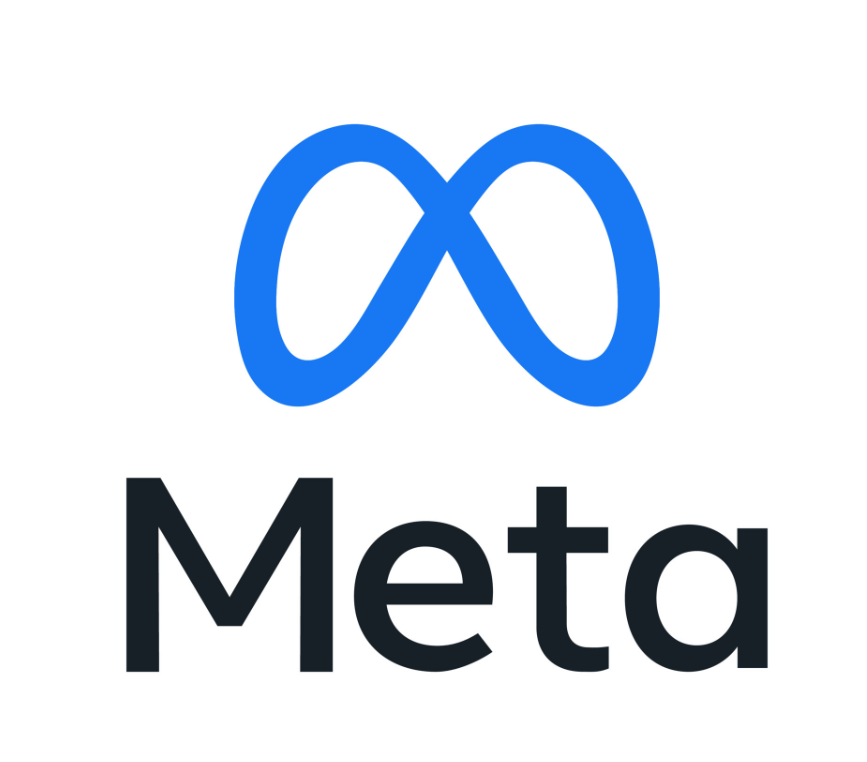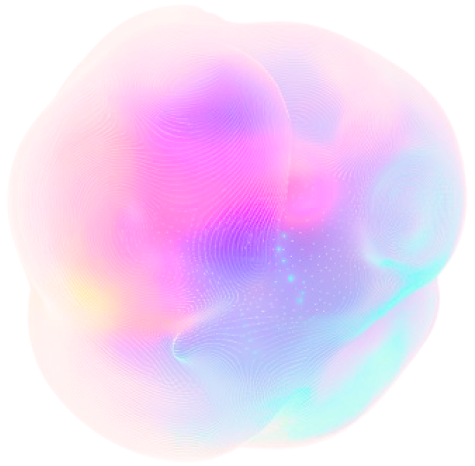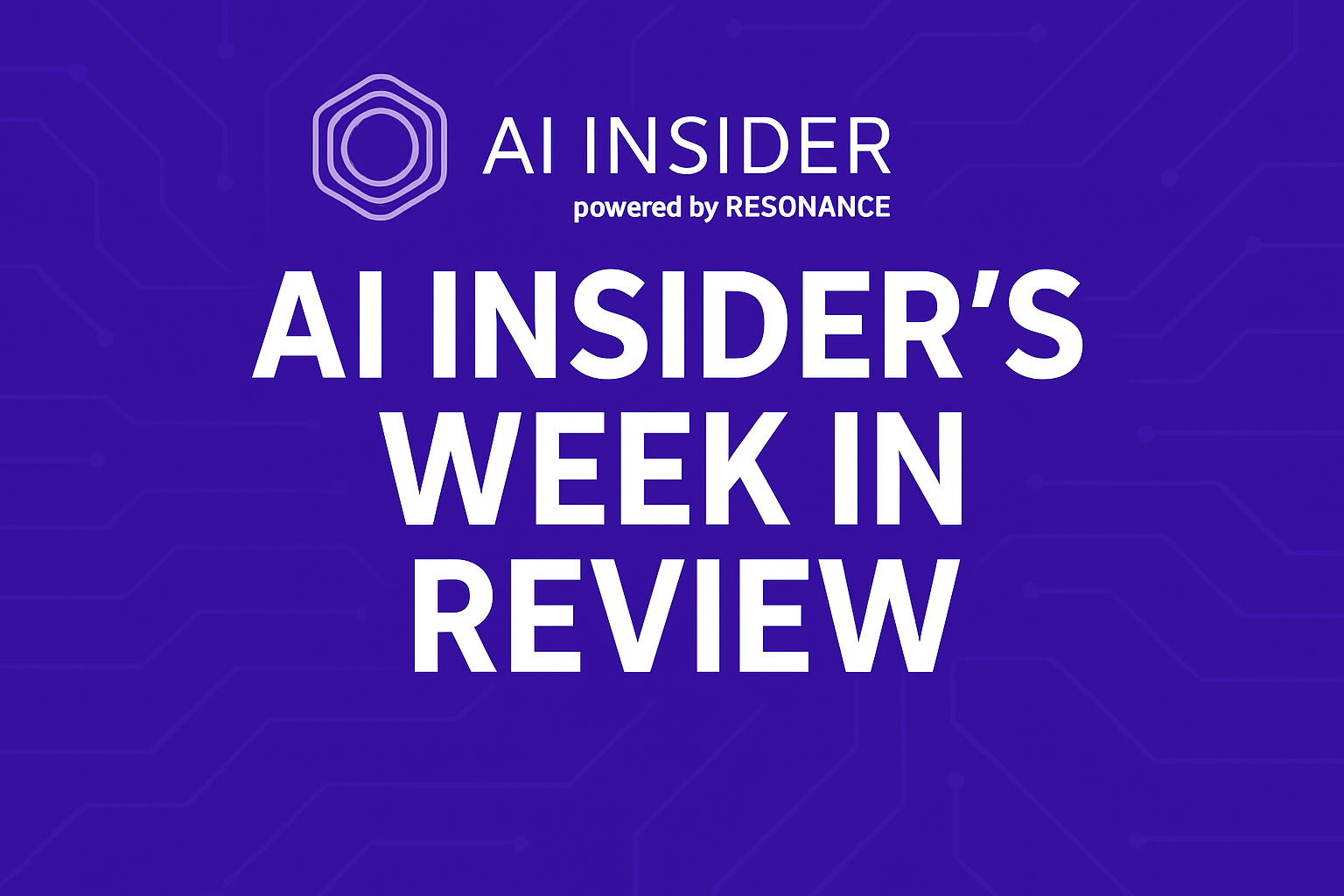Insider Brief
- A new MIT study finds that AI tools boosted material discoveries by 44%, patent filings by 39%, and new product prototypes by 17%, with benefits concentrated among top-performing scientists.
- The AI tool used in the study automates 57% of idea generation, allowing scientists to evaluate AI-generated hypotheses, but only those with strong expertise could efficiently prioritize viable options.
- Despite productivity gains, 82% of scientists reported reduced job satisfaction, citing decreased creativity and underutilization of skills, raising questions about AI’s impact on researcher roles and morale.
Artificial intelligence (AI) is changing the face of scientific research, potentially accelerating the discovery of new materials, patents, and innovations—but the benefits aren’t shared equally among scientists. A study by Aidan Toner-Rodgers of MIT, published in the National Bureau of Economic Research (NBER), shows that while AI-assisted scientists produce far more discoveries, the advantages of AI seem to accrue primarily to top performers, raising important questions about AI’s role in science and innovation.
The study, conducted in a materials science lab at a large U.S. firm, followed the randomized introduction of a deep-learning AI tool to 1,018 scientists. According to the findings, AI-augmented researchers discovered 44% more new materials than their non-AI peers, filed 39% more patents, and saw a 17% increase in new product prototypes. The paper points out that AI-driven discoveries included more inventive and technically novel materials, suggesting that AI not only speeds up research but may open doors to innovation that might otherwise have remained closed.
The findings suggest that AI has the potential to expand the boundaries of scientific discovery, according to Toner-Rodgers. However, the benefits appear highly skewed: while top-performing scientists saw their productivity nearly double, those in the bottom third of productivity experienced minimal improvement. This uneven distribution of benefits suggests that while AI can boost innovation, it may also exacerbate existing inequalities in scientific performance.
Learning About Deep-Learning Implementations
The lab’s AI tool leverages graph neural networks (GNNs), a deep-learning technique that processes materials as networks of atoms and bonds, enabling the model to predict materials with desired properties. Scientists input target characteristics into the system—such as durability, flexibility, or resistance to heat—and the model outputs potential material “recipes” that meet these criteria. Researchers then test and refine the AI-generated materials, separating promising discoveries from potential dead ends.
The randomized rollout allowed Toner-Rodgers to isolate the effects of AI on productivity, focusing on key metrics like materials discovered, patents filed, and new products prototyped. The results were impressive: the scientists given access to AI discovered more unique materials at a higher rate, filed patents on a larger number of these discoveries, and introduced prototypes with new materials into the product development pipeline.
This tool may be doing more than just speeding up discovery, the paper suggests it’s also helping scientists explore new spaces in materials science. Toner-Rodgers reports that the AI-enhanced materials possess novel chemical structures, leading to patents with new technical terms, an indicator of transformative technologies. The increased novelty of discoveries and patents suggests that the tool is enabling a broader scope of innovation.
Automating ‘Idea-Generation’ Tasks
Yet, the study highlights a crucial point about how AI and human expertise interact. The AI tool automates about 57% of “idea-generation” tasks, the early stages of conceptualizing new materials, which frees up scientists to focus on evaluating the AI’s suggestions. This new workflow, however, depends heavily on researchers’ judgment. Top-performing scientists could leverage their experience and domain knowledge to identify viable candidates among the AI’s suggestions quickly. In contrast, less experienced scientists often spent considerable time testing materials that ultimately led nowhere.
The study suggests that while AI may be seen as a democratizing force, it really enhances the productivity of those who are already highly skilled. Human judgment, therefore, would remains irreplaceable in assessing model predictions, and the expertise required to make those assessments well appears to be essential.
According to the study, the increased need for evaluation skills — and the variable success with which scientists handled AI-generated suggestions — leads to a widening productivity gap. Scientists in the top decile of pre-AI productivity nearly doubled their output, while those in the lower productivity brackets saw only modest gains. This divergence has implications for inequality within research environments and raises questions about how organizations should support researchers at different skill levels.
One particularly revealing aspect of the study was a survey of the scientists involved. Despite the productivity gains, about 82% of scientists reported feeling less satisfied with their work. The most commonly cited reasons included a reduction in creative freedom and the perception of skill underutilization. Scientists accustomed to spending substantial time developing ideas found themselves tasked instead with validating AI-generated hypotheses, which some described as less fulfilling.
This discontent was most pronounced among mid- to high-skill scientists, who felt their role had shifted from creating ideas to vetting AI suggestions. Although AI-assisted work generally boosted their productivity, many felt that the new tasks were less intellectually engaging. Researchers were also concerned that working with AI over time might erode certain technical skills they had spent years honing. The decline in job satisfaction among high-performers reflects a tension in AI’s role in research: while it can enable faster discovery, it may also deskill or devalue traditional scientific expertise.
The study’s findings have broader implications for AI in R&D environments. By automating key parts of the discovery process, AI shifts the types of skills that are valuable in scientific research, emphasizing judgment and the ability to assess AI-generated hypotheses. As firms invest in AI-driven discovery tools, they may need to adapt hiring and training practices to prioritize these skills. Toner-Rodgers also suggests that firms could reduce productivity inequality by providing additional training in AI-evaluation skills to less experienced researchers.
Toner-Rodgers said there were some limitations of the study that could inform future work: “First, it is important to investigate the equilibrium effects on the supply and demand for scientific expertise. Second, while I consider one organizational adaptation to AI—hiring and firing practices—I do not study changes in training or incentives. Finally, it is critical to understand how the results change as AI technologies improve.”
Looking forward, several areas could be explored for further research, including whether similar productivity gains could be achieved in other scientific fields and whether AI might reduce the time required to bring new materials to market. He also emphasizes the need for longer-term studies on the effects of AI on workforce composition, as his study only tracked changes over a two-year period.
While the study focuses on materials science, its insights could apply to any field where AI is used to search vast, complex design spaces. In fields like drug discovery or genomics, where models can predict potential molecular structures, AI could similarly enable faster and more novel discoveries. However, the study also raises caution: if AI continues to benefit only those already at the top, it could deepen existing divides in scientific productivity.
For companies aiming to leverage AI in their R&D, balancing these effects will be critical. As AI-driven discoveries continue to rise, so will questions about how best to integrate this technology into a field where human expertise remains essential.
“The long-run impact of artificial intelligence hinges on the extent to which AI technologies transform
science and innovation,” writes Toner-Rodgers. “This paper takes the first step toward answering this question, studying the randomized introduction of a new materials discovery tool in a large R&D lab. I find that AI substantially boosts materials discovery, leading to an increase in patent filing and a rise in downstream product innovation. However, the technology is effective only when paired with sufficiently skilled scientists.”






